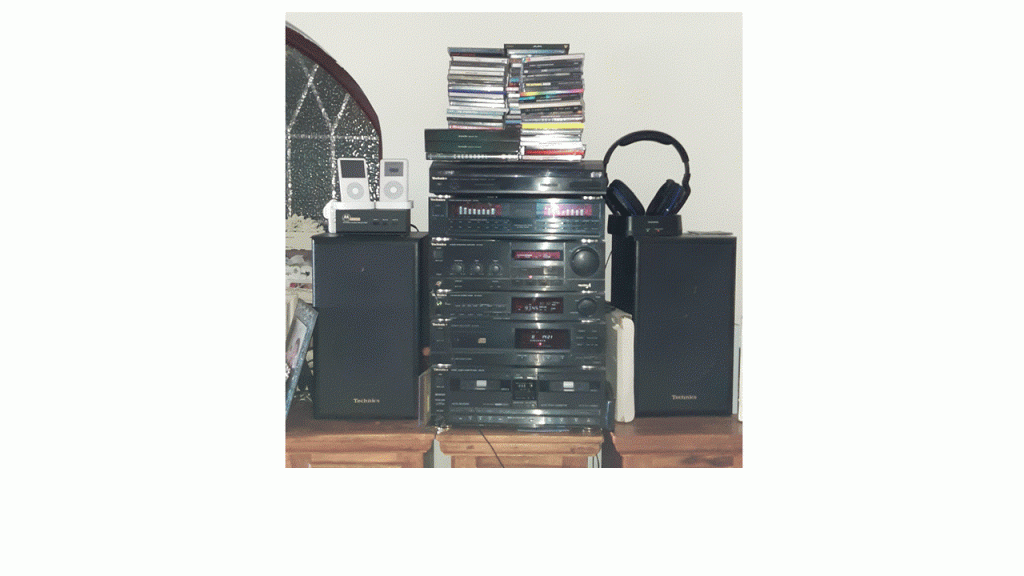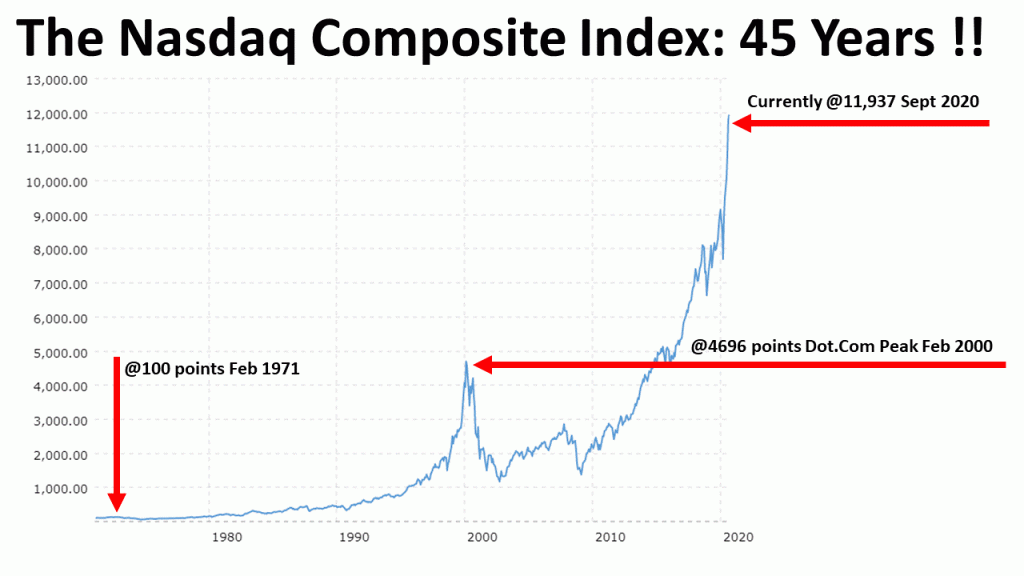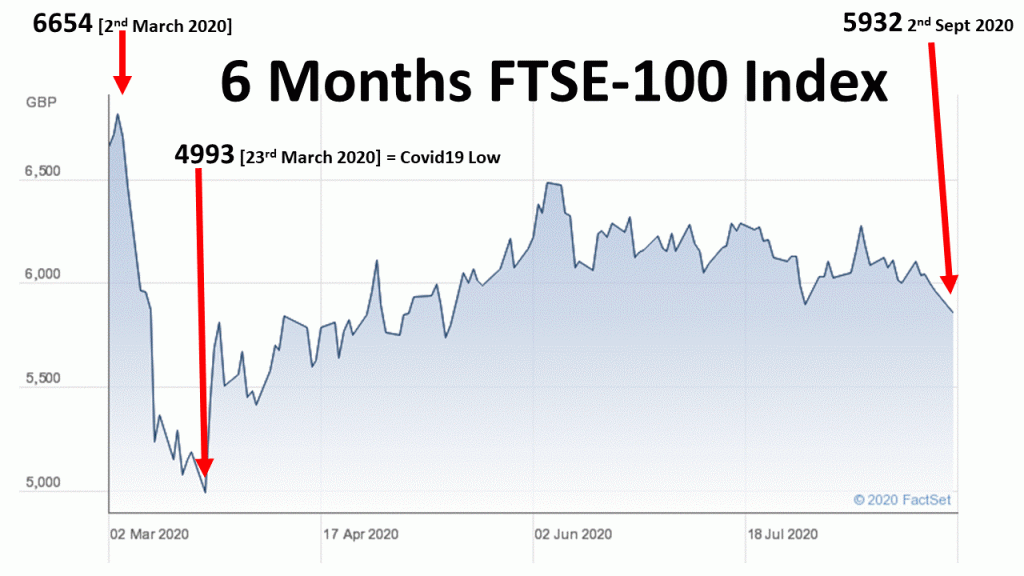Astra Zeneca is the UK’s largest company. The pharma giant.
It carries debt as a part of its funding strategy.
https://www.astrazeneca.com/investor-relations/debt-investors.html
Currency Notional (m) Issue date Maturity date Coupon Frequency ISIN
USD 1,600 16-Nov-15 16-Nov-20 2.375% Semi-annual US046353AK44
EUR 500 12-May-16 12-May-21 0.25% Annual XS1411403709
EUR 750 24-Nov-14 24-Nov-21 0.875% Annual XS1143486865
USD 250 12-Jun-17 10-Jun-22 3m Libor + 0.62% Quarterly US046353ap31
USD 1,000 12-Jun-17 12-Jun-22 2.375% Semi-annual US046353AQ14
USD 850 17-Aug-18 17-Aug-23 3.50% Semi-annual US046353AR96
USD 400 17-Aug-18 17-Aug-23 3m Libor + 0.665% Quarterly US046353AS79
USD 287 15-Nov-93 15-Nov-23 7.00% Semi-annual US98934KAB61
EUR 900 12-May-16 12-May-24 0.75% Annual XS1411404855
USD 2,000 16-Nov-15 16-Nov-25 3.375% Semi-annual US046353AL27
USD 1,200 06-Aug-20 08-Apr-26 0.70% Semi-annual US046353AV09
USD 750 12-Jun-17 12-Jun-27 3.125% Semi-annual US046353AN82
EUR 800 12-May-16 12-May-28 1.25% Annual XS1411404426
USD 1,000 17-Aug-18 17-Jan-29 4.00% Semi-annual US046353AT52
USD 1,300 06-Aug-20 06-Aug-30 1.375% Semi-annual US046353AW81
GBP 350 13-Nov-07 13-Nov-31 5.75% Annual XS0330497149
USD 2,750 12-Sep-07 15-Sep-37 6.45% Semi-annual US046353AD01
USD 1,000 18-Sep-12 18-Sep-42 4.00% Semi-annual US046353AG32
USD 1,000 16-Nov-15 16-Nov-45 4.375% Semi-annual US046353AM00
USD 750 17-Aug-18 17-Aug-48 4.375% Semi-annual US046353AU26
USD 500 06-Aug-20 06-Aug-50 2.125% Semi-annual US046353AX64
That is:-
£350m
€2950m
$16,637m
That is in UK £ = 16,019m



